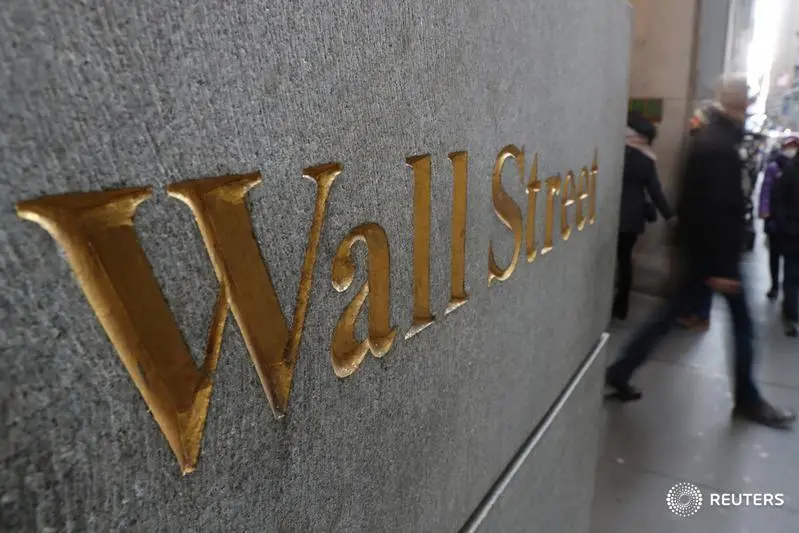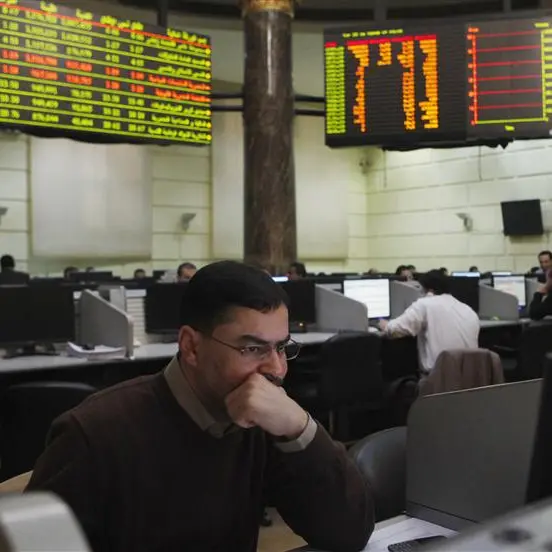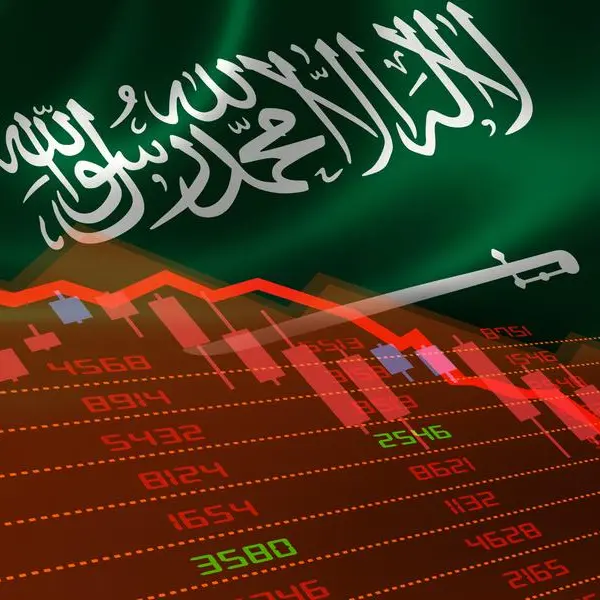PHOTO
NEW YORK - U.S. stock bulls are taking heart from a range of market signals pointing to an upbeat year for Wall Street, as equities sit on impressive gains despite worries that the Federal Reserve’s monetary policy tightening may plunge the economy into a recession.
Among these are equities’ positive January performance, a "golden cross" chart pattern on the S&P 500 and more stocks making new highs rather than new lows.
Such signals are far from the only indicators market participants use to make investment decisions, and they are not foolproof. Weak outlooks for corporate heavyweights such as Amazon and Microsoft and a blowout employment number that heightened expectations for Fed hawkishness injected a fresh note of uncertainty into markets on Friday, though the S&P 500 remains up 7.7% year-to-date.
However, steady improvements in gauges of momentum and sentiment in recent weeks reinforced the view among some investors that asset prices may be heading for a more benign period, after last year saw the S&P 500 lose 19.4% in its biggest annual percentage drop since 2008.
“We think this is a healthy picture that is being painted here,” said Ryan Detrick, chief market strategist at the Carson Group, referring to signals such as January’s gains and the broad range of sectors participating in the rally.
JANUARY JUMP
The S&P 500 rose 6.2% in January, driven in part by hopes that the Fed will be able to contain surging inflation without badly damaging the economy.
When the S&P 500 has advanced in January, the market has gone on to rise in the subsequent February-December period 83% of the time, with an average 11-month gain of over 11%, according to an analysis of data going back to World War II by CFRA Research.
An up January after a down year, however, was followed by a gain of 23.1% from February to December with a 92% success rate.
Despite a recent rally that may have made stocks comparatively expensive, “the track record implies that maybe we do have some upside potential," said Sam Stovall, chief investment strategist at CFRA Research.
GOLDEN CROSS
Meanwhile, chart watchers noted that the S&P 500’s 50-day moving average rose above its 200-day moving average on Thursday, a pattern known as a golden cross.
Since 1950, the S&P 500 has produced an average 12-month return of 10.5% after a golden cross formed, while the overall average annual return since 1950 is 9.1%, according to Adam Turnquist, chief technical strategist at LPL Research.
However, when a golden cross has appeared as the 200-day moving average is declining - as it is now - the average 12-month return for the S&P 500 jumps to 16.8%.
"The recent golden cross adds to the growing technical evidence of a trend change for the S&P 500 and further raises the probabilities of the bear market low being set in October," Turnquist said in a post.
IMPROVING INTERNALS
Willie Delwiche, an investment strategist at All Star Charts, said all five indicators on his bull market checklist were fulfilled in January, including upside volume and risk appetite metrics, something that did not occur once in 2022.
One of those indicators showed more stocks on the New York Stock Exchange and Nasdaq making new 52-week highs than lows -- -- a sign that the rally is being led by a broad range of stocks, rather than a cluster of heavyweights. That happened as many times in January as it did during all of 2022, Delwiche said.
However, some investors believe stocks may have gotten ahead of themselves.
Friday's data showing U.S. employment growth accelerating sharply in January renewed the inflation concerns that hammered stocks last year and ignited bets on a more hawkish Fed.
"The January employment report was unambiguously strong and should be the start of a series of data points showing stronger activity and inflation in early 2023," analysts at Citi wrote. "We expect this emerging trend should push back on too-dovish market pricing."
(Reporting by Saqib Iqbal Ahmed and Lewis Krauskopf; Editing by Ira Iosebashvili and Cynthia Osterman)




















